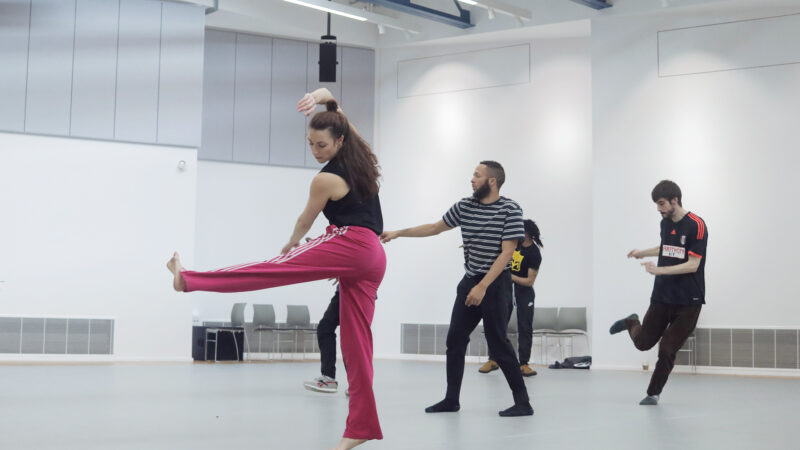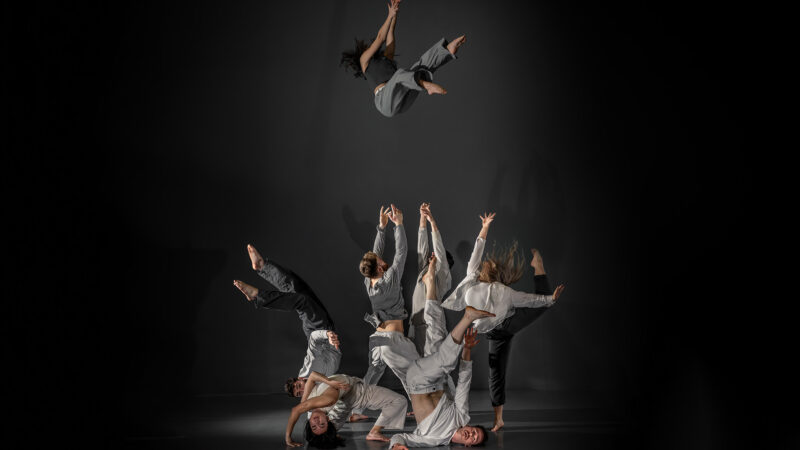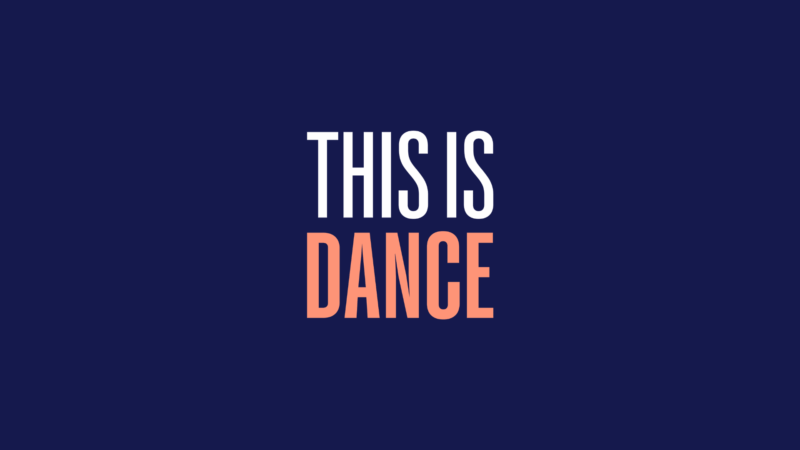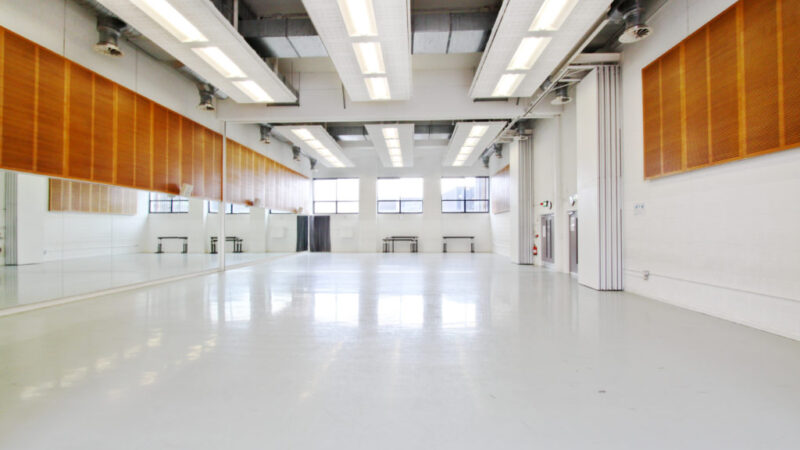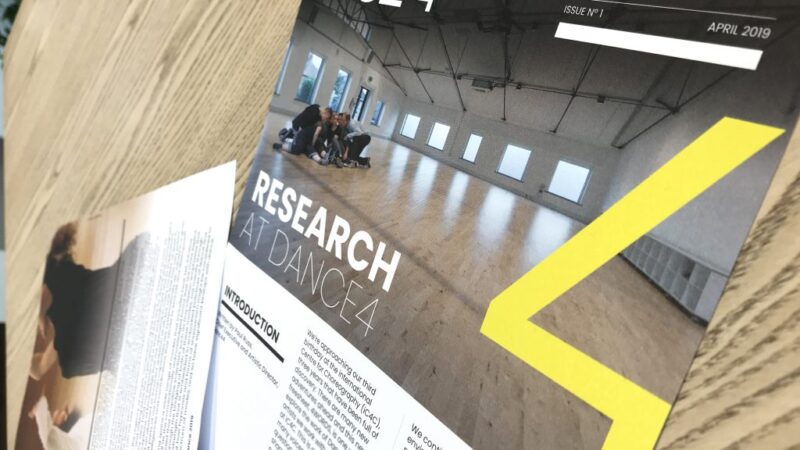Artist and writer Emma Sporton shares her experience and reflections on Tender Stones by Lucy Suggate with Cool Company, which showed at Nottingham Contemporary on Wednesday 8 October 2025.
There was something almost violent about the life cycle of this piece.
When I breathed, I could smell graphite, like smelling smoke when something is burning. Paper was being dragged, pressed and folded relentlessly between graphite, stone, and the dancer’s bodies, and the whole of The Space became a canvas. This was a fully embodied state of action with no reprieve (even as the dancers sat at the sides of the space to observe, they never left the work). They would then, as the paper reached this undefined state of malleability, carefully lift the paper up and away from the tools that had scarred and wrinkled its skin over time, and lay it on an empty table to enter the next stage of its life.
The workers became artists giving the paper shape, an illusion of structure and stability. Paper became stone, or something like it. The dancers would mold the paper, and it would shift into the worn patterns of its lifetime at even a hint of suggestion. Its creases and folds helped it stand alone, a finished product that filled the space, new and complete.
The dancer would cradle this stone-like thing in their arms, letting it affect their bodies with the weight it has and the weight they give it. Letting the shape of the stone affect them so the paper didn’t collapse or change; warp beyond what the artist was intending it to be.
And then the paper was unfolded. Draped carefully, left hanging like cloth while it waited for someone to pick it up and give it purpose. The artist that made it, or someone else, needing material to work with, picked this stone that suddenly meant something to the observer, and they pressed out the creases. The paper is just paper, the only sign of its history littered over its flesh.
Tender Stones is a dance drawing attention to fragility and perseverance. In a game of Rock, Paper, Scissors, paper beats rock through sheer force of will. Wherever I sent my gaze, to another person or another stone being crafted, the action taking place might be unique to the individual, but the intention was the same, and all-consuming. It was fascinating to watch an individual work in this measured, carefully crafted way, paying attention to their surroundings only passively, their entire being focused on one thing. As an audience member, you couldn’t help but wonder who these people were; what they were working to achieve; what their relationships were, if any.
This work makes us hyper-aware of time passing, and the impact that every action and event has on us. It draws attention to a constant state of change that is inherent in who we are, who we become, and what dance can be. Tender Stones is an immersion that seems abstract but feels wholly real.

